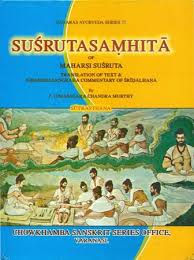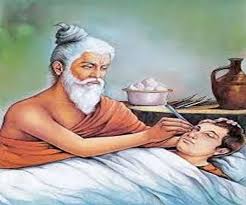Who was Susruta?
Susruta was a pioneer in the field of surgery. He considered surgery as “the highest divisionof the healing arts and least liable to fallacy”. He studied human anatomy with the help of adead body. In Susruta Samhita, over 1100 diseases are mentioned including fevers oftwenty-six kinds, jaundice of eight kinds and urinary complaints of twenty kinds. Over760 plants are described. All parts, roots, bark, juice, resin, flowers etc. were used.Cinnamon, sesame, peppers, cardamom, ginger are household remedies even today
In Susruta Samhita, the method of selecting and preserving a dead body for the purposeof its detailed study has also been described. The dead body of an old man or a personwho died of a severe disease was generally not considered for studies. The body neededto be perfectly cleaned and then preserved in the bark of a tree. It was then kept in a cageand hidden carefully in a spot in the river. There the current of the river softened it. Afterseven days it was removed from the river. It was then cleaned with a brush made of grassroots, hair and bamboo. When this was done, every inner or outer part of the body couldbe seen clearly.

Susruta’s greatest contribution was in the fields of Rhinoplasty (plastic surgery) andOphthalmic surgery (removal of cataracts). In those days, cutting of nose and/or ears wasa common punishment. Restoration of these or limbs lost in wars was a great blessing. InSusruta Samhita, there is a very accurate step-by-step description of these operations.Surprisingly, the steps followed by Susruta are strikingly similar to those followed by modernsurgeons while doing plastic surgery. Susruta Samhita also gives a description of 101instruments used in surgery. Some serious operations performed included taking foetusout of the womb, repairing the damaged rectum, removing stone from the bladder, etc.Does it not sound interesting and wonderful?
